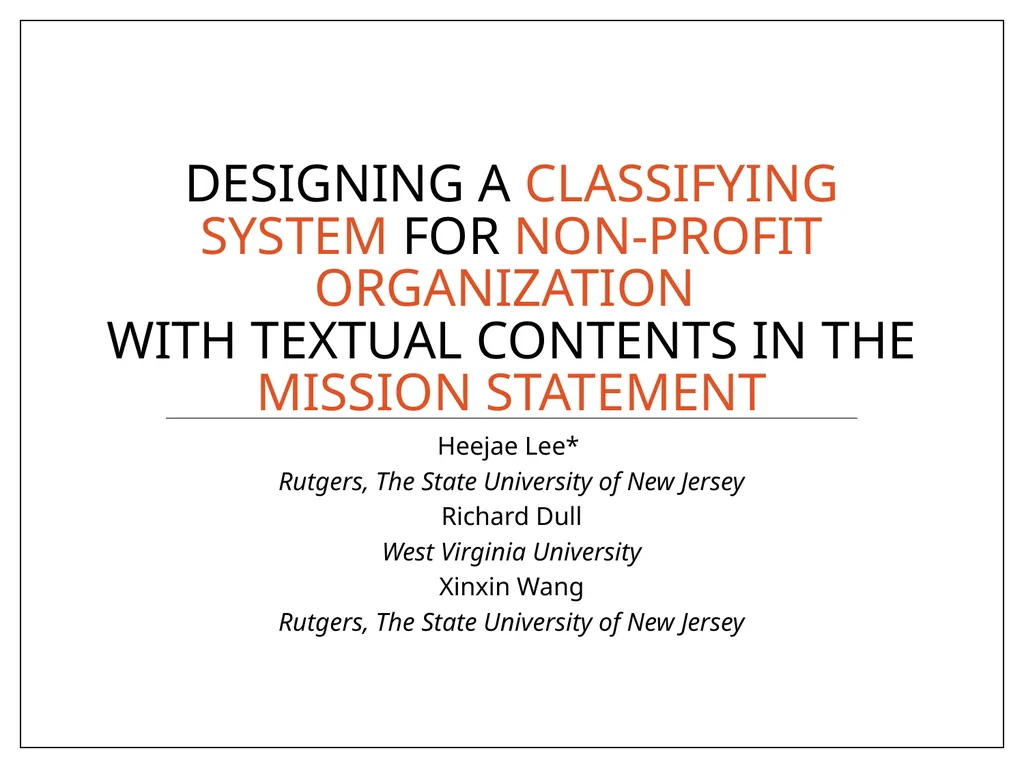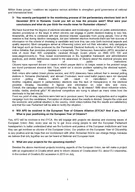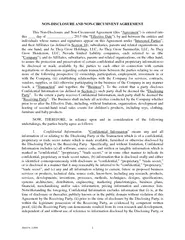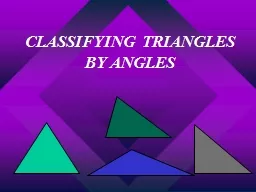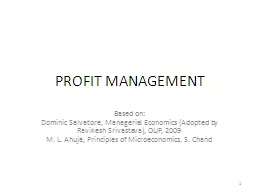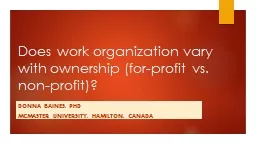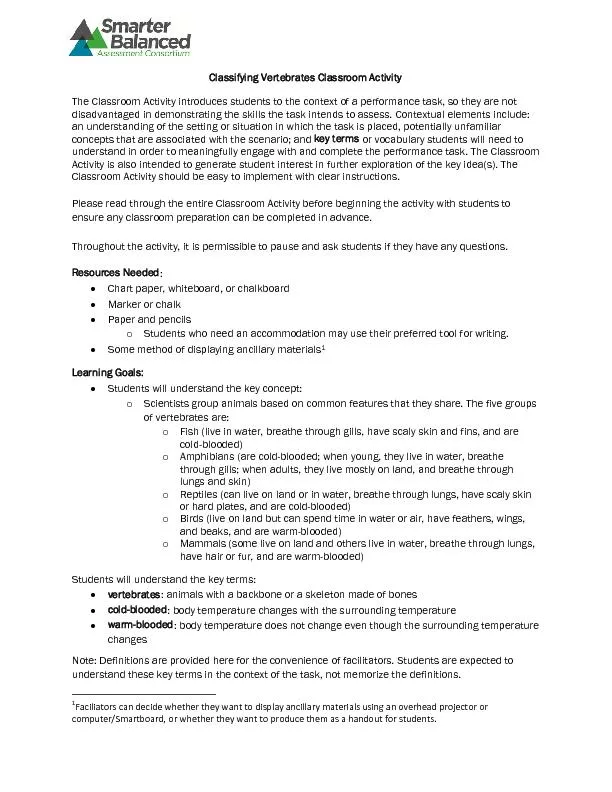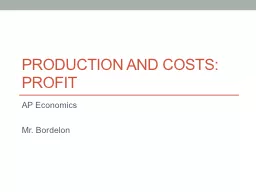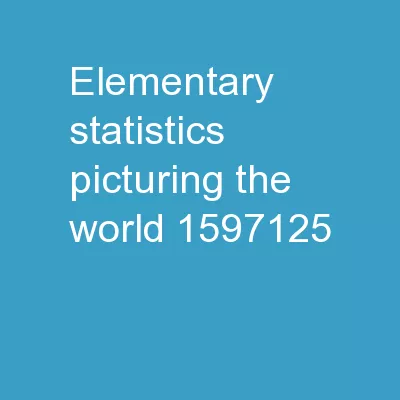DESIGNING A CLASSIFYING SYSTEM FOR NON-PROFIT
Author : kittie-lecroy | Published Date : 2025-06-23
Description: DESIGNING A CLASSIFYING SYSTEM FOR NONPROFIT ORGANIZATION WITH TEXTUAL CONTENTS IN THE MISSION STATEMENT Heejae Lee Rutgers The State University of New Jersey Richard Dull West Virginia University Xinxin Wang Rutgers The State
Presentation Embed Code
Download Presentation
Download
Presentation The PPT/PDF document
"DESIGNING A CLASSIFYING SYSTEM FOR NON-PROFIT" is the property of its rightful owner.
Permission is granted to download and print the materials on this website for personal, non-commercial use only,
and to display it on your personal computer provided you do not modify the materials and that you retain all
copyright notices contained in the materials. By downloading content from our website, you accept the terms of
this agreement.
Transcript:DESIGNING A CLASSIFYING SYSTEM FOR NON-PROFIT:
DESIGNING A CLASSIFYING SYSTEM FOR NON-PROFIT ORGANIZATION WITH TEXTUAL CONTENTS IN THE MISSION STATEMENT Heejae Lee* Rutgers, The State University of New Jersey Richard Dull West Virginia University Xinxin Wang Rutgers, The State University of New Jersey Agenda Motivation Introduction Data Collection Data Preprocessing Methodology Result Conclusion Motivation According to the National Center for Charitable Statistics (NCCS), there are more than 1.5 million nonprofit organizations registered in the United States (McKeever, 2018). Form 990 (officially, the "Return of Organization Exempt From Income Tax") is Internal Revenue Service form that provides the public with financial information about a nonprofit organization (Public Information). Introduction Comparing the entity with peer benchmark can provide better understanding of the entity’s performance. For NPOs, NTEE (National Taxonomy of Exempt Entities) classification is widely used. Some researchers argue that the NTEE system works poorly in terms of identifying NPOs pursuing similar objectives. Around 14% of the non-profit organizations are classified as ‘Human Service (P)’ organization. Only 42 out of 277 nonprofit organizations provide homeless housing in Washington are actually coded as “Housing & Shelter (L)” organizations by the NTEE system. Introduction (Cont’) The mission statements of NPOs have the potential to improve the nonprofit classification system from the accountability perspective. The purpose of this study is to design a new classifying system for NPOs with the textual content of their mission statement. The new classification will allow the information users to evaluate effectiveness and efficiency of the non-profit organizations. Data Collection Collect filed Form 990 of nonprofit organizations for tax year 2016 from the Amazon Web Services (AWS) database Link Form 990 database and “Current Master NTEE Lookup file” from NCCS Data Archives using Employer Identification Number (EIN) Use Form 990 Part I Summary Question 1 as a mission statement (If it’s not available, use Part III Question 1 instead.) Data Collection (Cont’) Data Preprocessing Methodology Randomly split the data into training (80%) and test (20%) data Training data (Total 58,867 entities) and Test data (Total 14,717 entities) For testing sample, total 1,785 entities are labeled as ‘Housing & Shelter’ organizations. (1,070 entities are classified as ‘L’ organizations) Focus on Housing & Shelter Organizations (NTEE ‘L’) Use keywords to label the mission statement Use two machine learning algorithms (Boosting classifier and Naïve Bayesian classifier) Methodology (Cont’) The list of keywords used for labeling Result - Classification Report Result - Confusion Matrix Result - Comparison Analysis Compare Three
